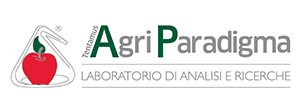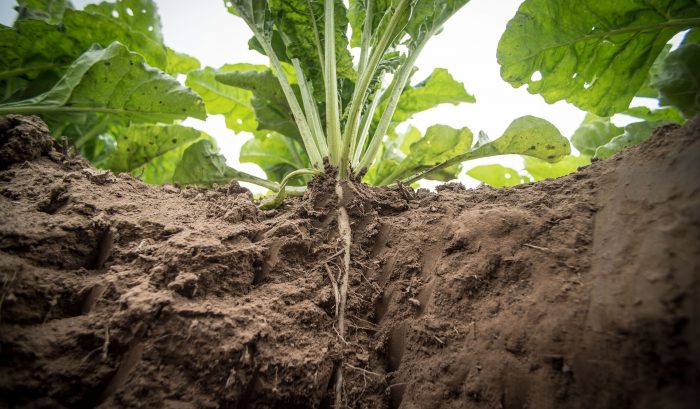Increased residues of the mycotoxin zearalenone (ZEA) have been detected in sugar beet pulp from the 2018 harvest. Dry sugar beet pulp is added to the feed as a source of dietary fibre, but the high ZEA content is problematic for sows and piglets in particular. Our bilacon experts recommend sugar beet to be monitored for ZEA in the future as well.
The maximum values of ZEA (derived from a moisture content of 12%) in animal feed are enclosed:
Cattle and pigs: 0.75 mg/kg
Young pigs: 0,3 mg/kg
young cattle and dairy cattle: 1,5 mg/kg
At the moment, the contents vary between 0.08 and 10.69 mg/kg. Especially in animals, high ZEA levels could lead to fertility problems or embryonic death. A potential risk to humans from this mycotoxin, which can be ingested through food of plant and animal origin, is intensively discussed.
The essential meaning of the estrogenen effect of the mold fungus poison lies with the human being mainly in the changed hormonal balance. This could influence cancer-causing processes, since the hormone system has a large influence on the progression of tumors in thyroid gland, prostate and breast.
The contaminated batches were harvested in Germany between September 2018 and January 2019. The new harvest will only be available from November, until then the issue is very acute.
bilacon offers various analytical methods for the detection of zearalenone and also recommends a risk-based evaluation of sugar beet products from abroad. Contact our expert directly:
Roy Sperling
Head of instrumental analyses
P +49 30 206 038 320
roy.sperling@tentamus.com

